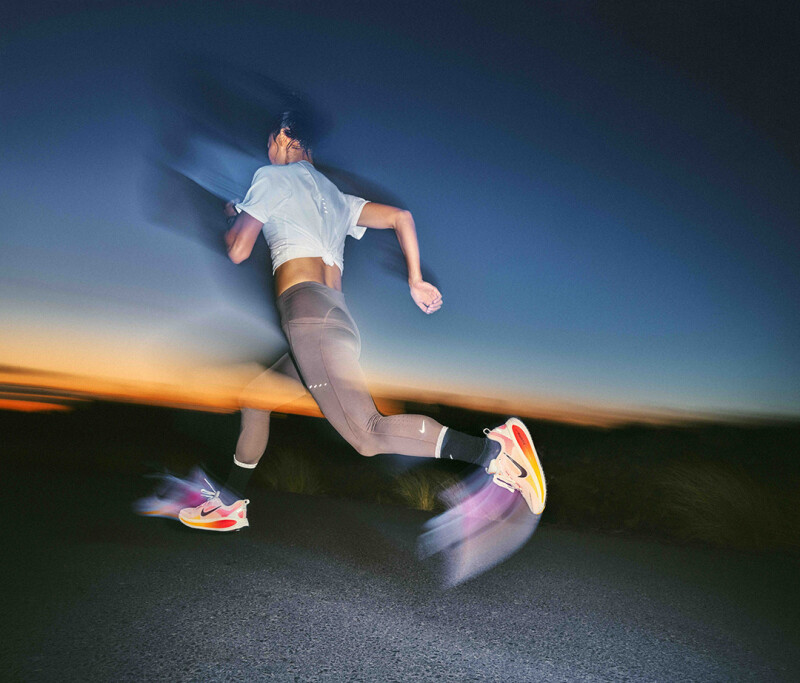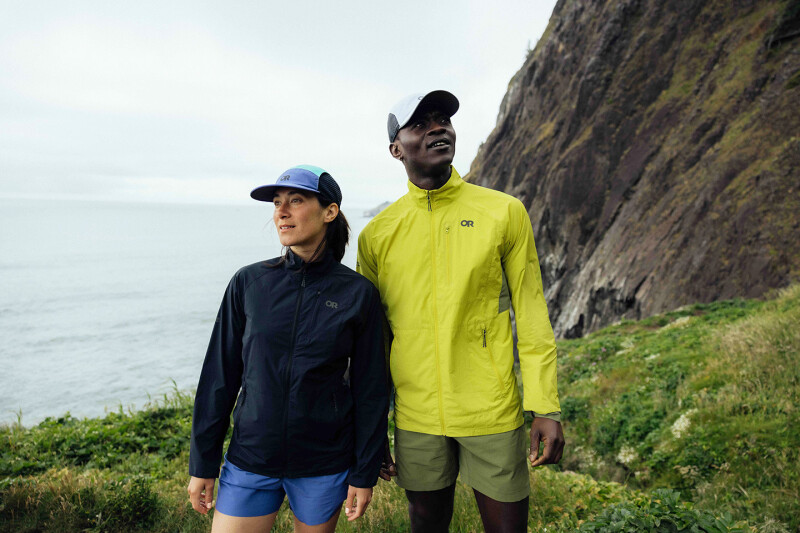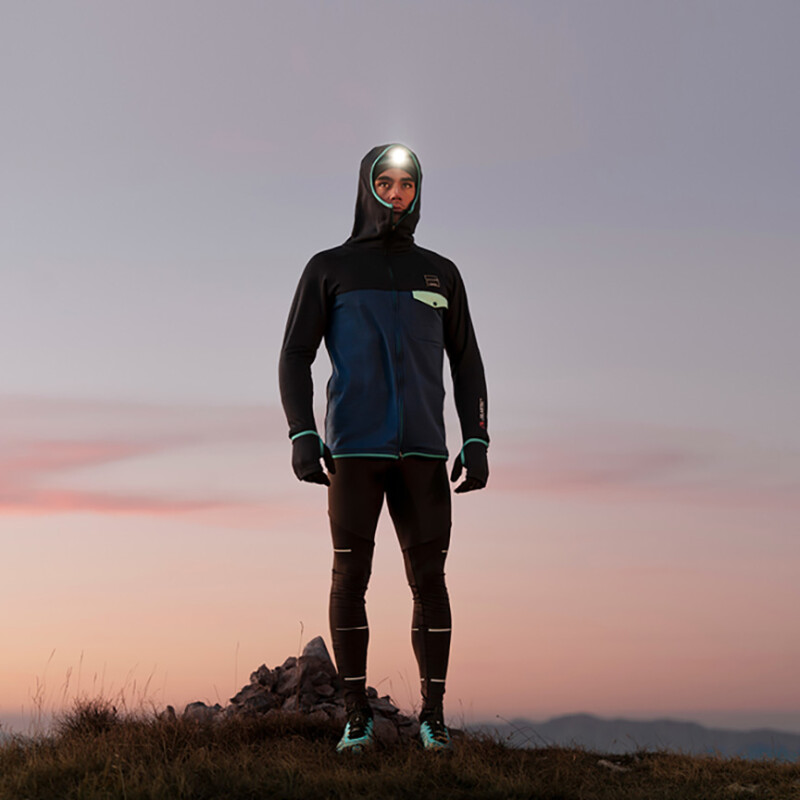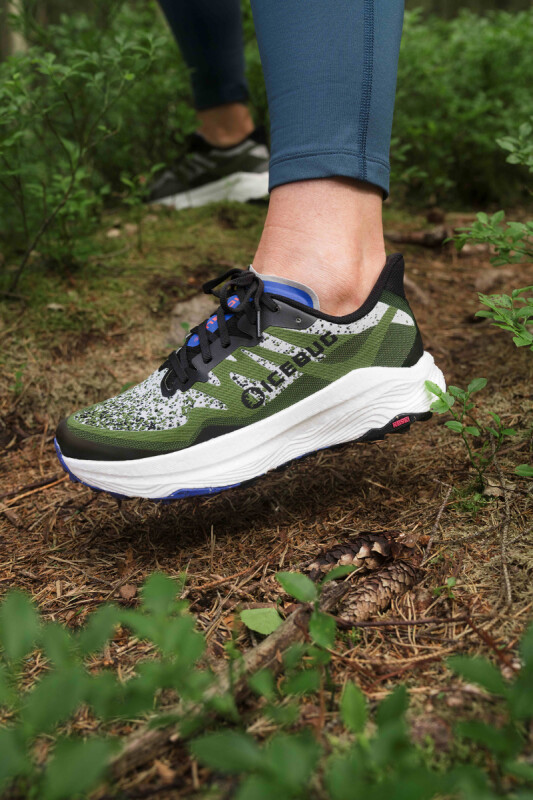Years ago I operated a running store in a lazy beach community near Santa Cruz, CA. Less than half-mile in one direction was the Pacific Ocean and the same distance the other way was a mountainous park filled with fern-lined trails and giant redwoods. Geographically, it was one of the most unique places I’d ever been.
The area’s general aesthetic, its fashion sense and even the speaking style of the residents was similarly distinctive. The overall vibe was beachy, but unlike many other coastline communities, there was also a resolved air of whimsy. A pair of flattened flip-flops paired as successfully with a fancy suit as they did with knee-length board shorts. Add a drum circle, some rampant political fervor and boom, the town aptly lived up to its tagline: Keep Santa Cruz Weird.
I moved to the Central Coast to help a failing running shop get back on its rails. I’d come from a traditional run retail environment and was well-versed in the conventional way to do business. The go-to store operating model at the time offered an ideal scaffolding for me to create some momentum, but it didn’t take long to realize that in order to truly fit into my new community, I’d benefit from some minor adjustments. Mostly, I needed to prove that I was paying attention to my new, idiosyncratic audience, the majority of which were highly educated, socially aware and environmentally astute.
Making A Start
For starters, my first goal was to get good at recycling. I was practiced in separating my own personal trash, but I didn’t realize about the nuances of properly doing so. My store team and I committed to being ambassadors of sustainability in our tiny little retail footprint. We ran wild with new-fangled policies and processes to more mindfully dispose of waste, use power and generally become better stewards of the planet.
Here’s a short list of some our success stories:
• We turned the never-ending piles of shoebox paper into free year-round gift wrapping. This, and an accompanying coupon, brought a lot of people into the store.
• We followed the lead of a San Francisco outdoor retailer and reused spent cardboard as store signage.
• We bundled up stacks of gently-used shipping materials and advertised free moving boxes on a popular online community board.
• We put a dimmer on our store lights and, along with a couple strategically placed lava lamps, rallied around a vibe of “relaxed retail.”
We, as a team, got really good at doing our little part. The more we looked for opportunities to reduce, reuse and recycle, the more deeply we believed in the bigger reasons behind our efforts. Separating cardboard more carefully was the basic in-road for our new, all-encompassing, collective mindset.
Shirting the Issue
One of our more successful endeavors had to do with staff shirts. Back then, vendors were constantly whipping up fanciful technical tees for staffers to wear while working the floor. Most of the shirts were marketing efforts that were so-so at best.
We didn’t want to play along with the so-so norm, so we flat out demanded that they stop including us in their giveaways. Instead of spending money on such chintzy tops, we asked them to pony up the cost of embroidering our logo onto a selection of vintage cowboy shirts. They happily complied.
My affinity for cowboy shirts has been lifelong. I grew up in a town of ranchers and my earliest memories are laden with cowboys. Like, actual, horse-riding buckaroos who worked jobs as cowpokes, punchers and wranglers of cattle and who would show up at the grocery store decked out in dusty chaps, leather vests and of course, snap-front collared shirts. Their influence left a mark in so many ways, and included my fashion sense.
And though I am not a cowboy (and never have been one), for my entire adult life I’ve sought out cowboy snap shirts at every single thrift store I come across. My connection to these vestiges of my past go beyond nostalgia. I also really, really like how they look.
When I settled into Santa Cruz, I thought that adding this touch of pearl-snap western flair, especially since it’s a reuse of something old, would go over well as our staff uniform. My instincts proved to be right and our doggone logoed snap-front shirts, most of them from the 1970s, older than any employee I ever had, quickly became the talk of the town. We regularly fielded questions like, “Where can I get one of those?” that created many an opportunity to hand out a job application.
For as long as I had that store, I kept a rolling rack in the back room full of a colorful assortment of cowboy snap shirts. I’d gradually add more to the mix, usually finding them for two or three bucks a piece at yard sales and used closing stores, and my team soon started doing the same. All while my vendors continued to pay for our modest logo on the chest.
On any new hire’s first day on the job, I’d outfit them with our Big 3 — shoes, socks and insoles. But not until their 90th day did they get to pick out a week’s worth of snaps. We always made a big deal out of their long-awaited shirt day.
Those cowboy shirts became a defining cultural trademark of our store. Their simplicity and quirk always drew attention and regularly bridged the social gap. They sparked the sorts of connective interactions I’d gotten in this business to foster.
Had it not been for the demands of the community, I’m not sure I’d have been as motivated to audit my business so thoroughly and find otherwise hidden areas for sustainable action. I have Santa Cruz to thank for helping me unintentionally create a store culture that paid close attention to sustainability in regards to all the small things.
Santa Cruz was also the reason I gave a second thought to merging my own affinity for cowboy snap shirts with the local air of eccentricity. But, as it turned out, our relationship was symbiotic. We fed each other’s weird little fires.
And, perhaps most importantly, I have this moment in time to thank for my current penchant to live as green of a life as possible. Yes, my measly bundle of recycles and particular lightbulb choice probably does almost nothing for the Earth in the grand scheme of things.
But the practice of separating plastic from trash, or keeping my place just a little bit cooler, all while continuing to give life to discarded cowboy shirts at vintage stores (where they now fetch exorbitant prices) are all conscious choices that help me stay true to my own personal and sustainable culture.
Yee-haw!







